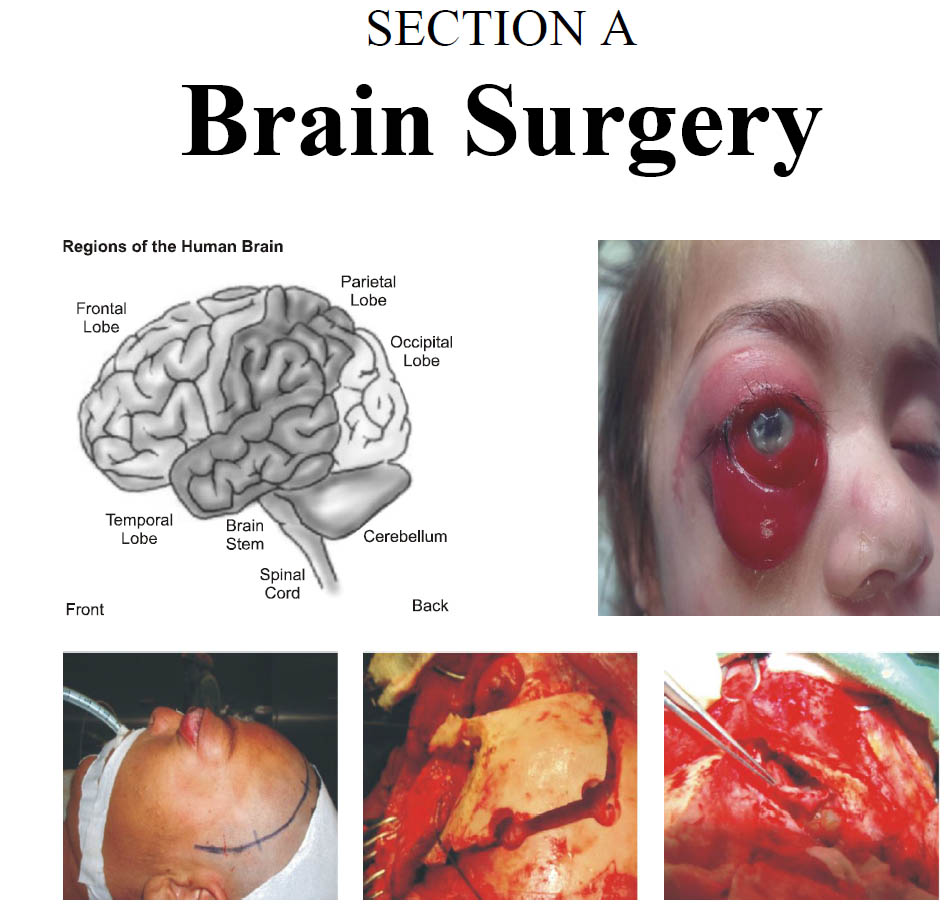Frequency of Extradural Hematoma in Patients with Skull Fracture after Head Injury
DOI:
https://doi.org/10.36552/pjns.v25i1.504Keywords:
Head injury, Extradural, Hematoma, Skull, Fracture, X-rayAbstract
Objective: To assess the frequency of patients with extradural hematoma who have a skull fracture on x-ray skull presenting with a head injury.
Material & Methods: A descriptive case series was conducted at the Department of Neurosurgery, RMU & Allied Hospital, Rawalpindi. 322 patients fulfilling the selection criteria were enrolled in the study from Emergency Ward. Patients with head injury having skull fracture undergone a CT scan for assessment of presence or absence of extradural hematoma. CT scan was done by a single senior radiologist for all patients.
Results: Mean age of patients in this study was 41.31 ± 14.67 years. Among the patients 259 (80.4%) were male and 63 (19.6%) were females. The mean duration of injury of the patients was 6.37 ± 3.40. Extradural hematoma was diagnosed in 104 (32.3%) patients. Age and site of fracture showed a statistically significant association for extradural hematoma. Whereas gender, duration of injury, and type of fracture did not show significant association for extradural hematoma.
Conclusion: Results of this study showed a low frequency of extradural hematoma in patients who presented with a head injury. Still, any patient suspected of head injury leading to skull fractures must be examined on CT scan to avoid and timely detect the intracranial bleeding in order to avert the complications and mortality after traumatic head injury.
References
1. Khan AN, Turnbull I, MacDonald S, Al-Okaili R. Imaging in Skull Fractures. 2011.
2. Desikan RS, Chen JY. Imaging of temporal bone trauma. Operative Techniques in Otolaryngology-Head and Neck Surgery 2014; 25(1):110-7.
3. Kennedy TA, Avey GD, Gentry LR. Imaging of temporal bone trauma. Neuroimaging Clinics of North America 2014;24(3):467-86.
4. Arrey EN, Kerr ML, Fletcher S, Cox Jr CS, Sandberg DI. Linear nondisplaced skull fractures in children: who should be observed or admitted? Journal of Neurosurgery: Pediatrics 2015;16(6):703-8.
5. Mishra A, Mohanty S. Contre-coup extradural haematoma: a short report. Neurology India 2001;49(1):94.
6. Bir SC, Maiti TK, Ambekar S, Nanda A. Incidence, hospital costs and in-hospital mortality rates of epidural hematoma in the United States. Clinical neurology and neurosurgery 2015;138:99-103.
7. Duthie G, Reaper J, Tyagi A, Crimmins D, Chumas P. Extradural haematomas in children: a 10-year review. British journal of neurosurgery 2009;23(6):596-600.
8. Raut AA, Naphade PS, Chawla A. Imaging of skull base: Pictorial essay. Indian Journal of Radiology and Imaging 2012;22(4):305.
9. Dayan PS, Holmes JF, Atabaki S, Hoyle J, Tunik MG, Lichenstein R, et al. Association of traumatic brain injuries with vomiting in children with blunt head trauma. Annals of emergency medicine 2014;63(6):657-65.
10. Mannix R, Bourgeois FT, Schutzman SA, Bernstein A, Lee LK. Neuroimaging for pediatric head trauma: do patient and hospital characteristics influence who gets imaged? Academic Emergency Medicine 2010;17(7):694-700.
11. ur Rehman R, Mushtaq MIUH, Azam F, Khattak A. Skull Fracture on X-ray skull as an indicator of Extradural Hematoma in patients with Head Injury. Pak J Surg 2012;28(2):106-9.
12. Ullah W, Ali M, Mehmood K. Spectrum of Surgically Treated Closed Head Injury in Department of Neurosurgery Lady Reading Hospital Peshawar. Pakistan Journal Of Neurological Surgery 2015;19(2).
13. Liebeskind DS, Lutsterp H, Hogan E. Epidural hematoma. MedScape; 2013 [cited 2017]; Available from: htp://emedicine.medscape.com/article/1137065-overview.
14. Aurangzeb A, Afridi EAK, Khan SA, Muhammad G, Ihsan A, Hussain I, et al. Frequency of extradural haematoma in patients with linear skull fracture. Journal of Ayub Medical College Abbottabad 2015;27(2):314-7.
15. Perel P, Roberts I, Bouamra O, Woodford M, Mooney J, Lecky F. Intracranial bleeding in patients with traumatic brain injury: a prognostic study. BMC emergency medicine 2009;9(1):15.
16. Chattopadhyay S, Tripathi C. Skull fracture and haemorrhage pattern among fatal and nonfatal head injury assault victims–a critical analysis. Journal of injury and violence research 2010;2(2):99.
17. Roka YB, Kumar P, Bista P, Sharma G, Adhikari P. Traumatic posterior fossa extradural haematoma. 2008.
18. Ozkan U, Kemaloglu S, Ozates M, Guzel A, Tatli M. Analyzing Extradural Haematomas: A retrospective clinical investigation. Dicle Tip Dergisi 2007;34(1):14-9.
19. Nath HD, Rahman ML, Rahman Z, Uddin K, Sahajahan M. Surgical outcome of patients with extradural hematoma at the Department of Neurosurgery in Chittagong Medical College Hospital: A study of 30 patients. Journal of Chittagong Medical College Teachers' Association 2008;19(1):8-10.
20. Paiva WS, Andrade AFd, Mathias Júnior L, Guirado VMdP, Amorim RL, Magrini NN, et al. Management of supratentorial epidural hematoma in children: report on 49 patients. Arquivos de neuro-psiquiatria 2010;68(6):888-92.
21. Igun G. Predictive indices in traumatic intracranial haematomas. East African medical journal 2000;77(1).

Downloads
Published
Issue
Section
License
The work published by PJNS is licensed under a Creative Commons Attribution-NonCommercial 4.0 International (CC BY-NC 4.0). Copyrights on any open access article published by Pakistan Journal of Neurological Surgery are retained by the author(s).












